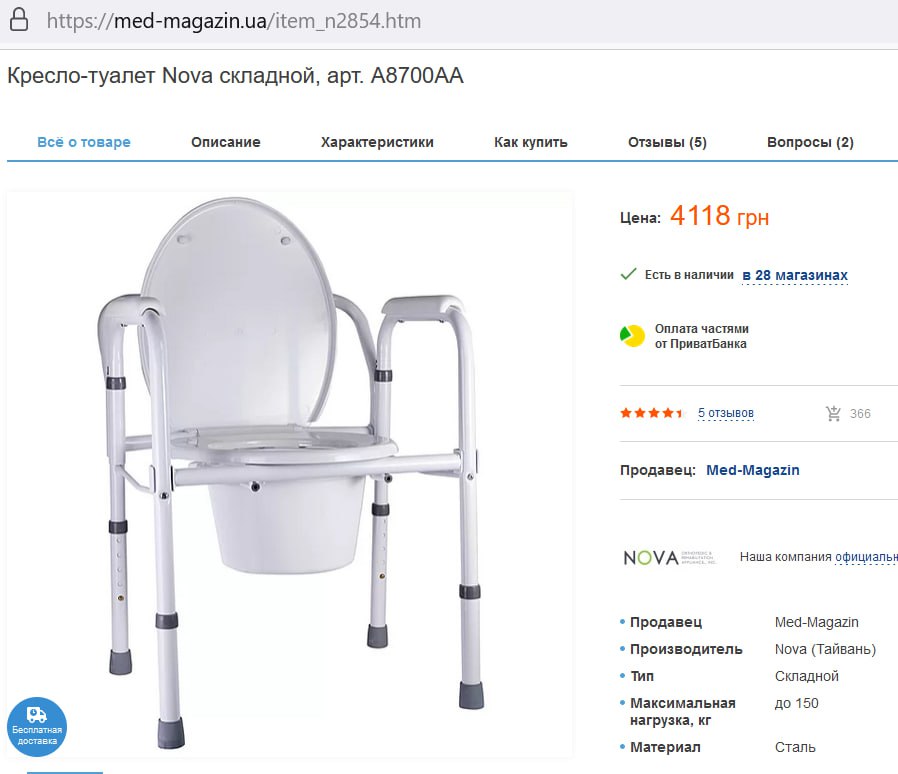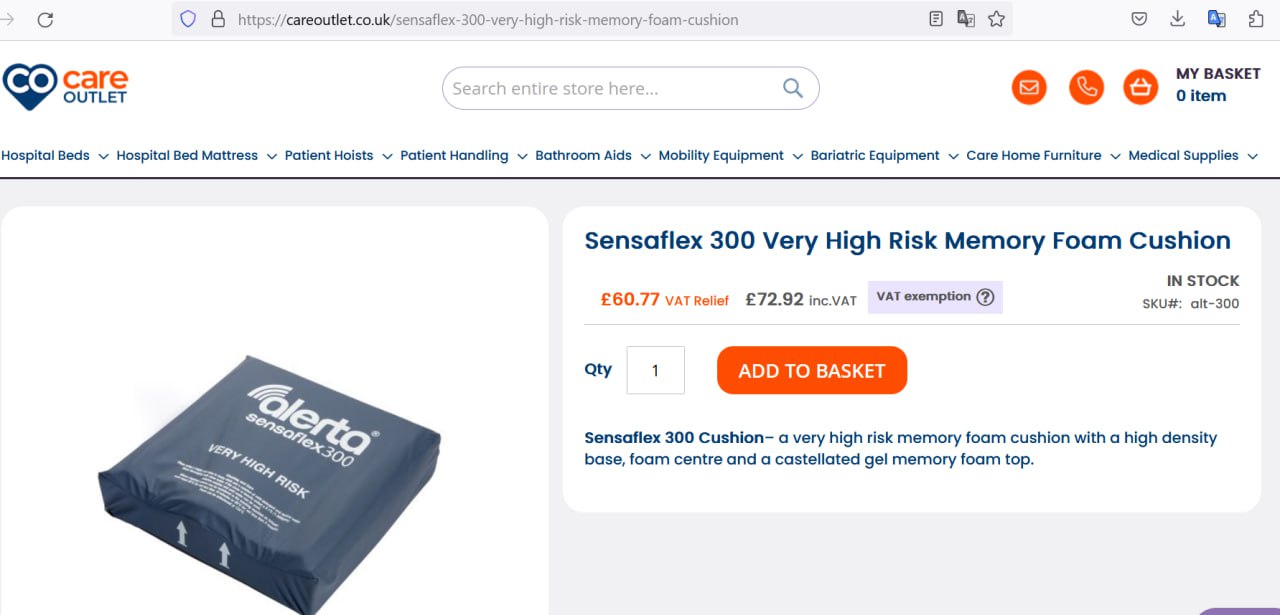Opaque procurement and anti-competitive “adjustments”. UN, how come?!

Apart from all of its hollowness, the United Nations also does something useful. For example, it carries out centralized procurement of something that different countries need. However, UN procurement also seems to offer opportunities for excessive enrichment.
Let’s set the record straight right away: we are not talking about the scale of “oil-for-food” in Iraq at the beginning of the 21st century, elegantly shown in the film Backstabbing for Beginners. In our case, we are talking about the classic “adjustments”, well known to Ukrainian tenderers.
For non-specialists, we will immediately explain the meaning of this “adjustments” using a simple example. Imagine that you need to furnish a living room – buy a sofa, a wardrobe, a carpet, a chandelier and a flowerpot. A thrifty buyer will purchase each item separately, then different manufacturers of upholstered furniture will come to the “sofa” auction, textile manufacturers will come to the “carpet” auction, lamp manufacturers will offer chandeliers, and so on. Thanks to competition, there is always a chance to get the best price. But if you are interested not in the best price, but in a specific supplier, you can make a condition to the participants – to supply you with everything at once: the carpet, the chandelier and the cabinet. None of the manufacturers or their official distributors will be interested in the offer, so the price will definitely not be the lowest. That said, there will definitely be higher chances of getting “your” supplier to the auction, who will agree to collect everything for you from all the corners. Of course, not for free because any intermediary sets their margin in resale.
In our region, this approach is not so infrequent. However, we are talking about the procurement of the United Nations Development Program (UNDP), a specialized agency within the structure of the United Nations, established to provide assistance to developing countries.
It carries out purchases for various countries, but always according to very opaque rules.
To Ukrainians who are already used to Prozorro, this may seem barbaric, but on the UNDP website, an external observer can only see such procurement announcements. From them, neither the subject of purchase, nor the volume, nor the approximate price are clearly understood. For instance, the most recent procurement announcement for Ukraine is “services for the organization of conferences and events.” Inside the announcement, you will see only the date of the pre-tender conference and the date of the auction itself. And if you want to know more, you should register as a legal entity – a participant in the procurement. Legal entities and non-participants should not poke their noses into UNDP affairs!
The maximum you can count on is the name of the winning company and the worth of the deal in the list of signed contracts. This, however, does not make it any easier to check whether the prices are based on the market pricing approach. For example, it is reported that the Ukrainian office of the UNDP ordered the supply of power stations to ensure uninterrupted work process for $35,779 from Robotics Trading LLC. Is it expensive or economical? What other offers were there? How many? What did the competitors offer? Were all of their offers correctly assessed?
Information about the “innards” of one of UNDP’s purchases for Ukraine adds grounds for suspicion. It is about means of rehabilitation for targeted healthcare facilities in Vinnytsia, Boiarka, Drohobych, Pavlohrad, Khmilnyk, Kryvyi Rih, Lviv, Makarov and Chernihiv cities.
I have been given a Purchase Specification which can only be seen by organizers and bidders. Only from this document it became clear that what was being bought was very different equipment for patient wards. Just like our conventional wardrobe, carpet and chandelier.
Just as in our example, despite the very different nomenclature, UNDP grouped it into lots in such a way that even large suppliers of medical equipment could not meet the demand from their price lists.
Let’s take a look at UNDP lot No. 1 (see scan 1). It brings together seven very different products for this market, ranging from patient transportation belts to blanket holders. Among them we also see toilet chairs and anti-bedsore pillows.
We tried to find at least two of them from one supplier. On the Med-magazin.ua website, we managed to find a folding toilet seat that meets the customer’s requirements (see scan 2).
In the same store, there is a section of anti-bedsore pillows. However, it was not possible to find a single pillow for use with bedsores that would meet the criteria specified in the purchase. The criteria are as follows: high density base, a foam center and a toothed top made of gel foam with a memory effect size 43x43x6 cm. Even with the possibility of a three-centimeter deviation, such pillows were nowhere to be found. What's more, we couldn't find such a pillow in other stores in Ukraine. But just the right one – with a high density base, a foam center and a castellated gel memory foam top – was found on a British website (see scan 3).
We did not succeed in simulating which Ukrainian firm would be able to find everything necessary over the course of several days allotted for the procedure. It is difficult to predict how much the people of Ukraine will eventually overpay to some particularly talented middleman for goods for Ukraine – this is also unknown. But they will obviously overpay.
Since the requirements are very detailed not only for anti-bedsore pillows, there is a high probability that they were so detailed specifically to facilitate access to the trades of a particular supplier – and to create artificial barriers for the rest.
Lest you should think that we are too picky about our esteemed international buyers, we will show you the third UNDP lot, where complex rehabilitation equipment is put together with ordinary furniture (see scan 4). Of course, with detailed characteristics of each element of this lot.
The worst thing is not that there is little information about UN purchases, and even post factum we are unlikely to be able to establish who specifically made a profit on these purchases. The worst thing is that we cannot make any complaints to the UN – they do everything according to their procedures and do not see any flaws in them. At first glance, it seems fair – it's at their expense, they can do whatever they want, but...
Although the money is not Ukrainian, it is for Ukraine, and we definitely care if it is enough for five specialized beds instead of just two, no matter what the world’s best practices say about it.
Please select it with the mouse and press Ctrl+Enter or Submit a bug













 Login with Google
Login with Google